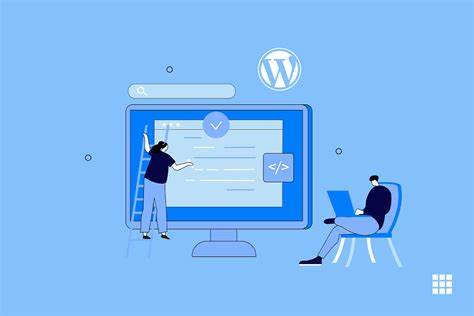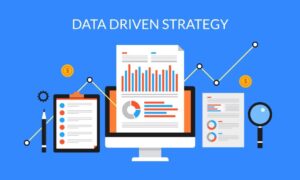If you want to create a brand new website or make changes to your existing site for more effectiveness, here are 7 key steps to get started and help your website compete with others and succeed.
Choose a Domain Name
A good domain name is important because it serves as your website address and is usually the access point to your website. It is essential that it leaves a good footmark for both users and search engines.
A long and complicated name might hurt your performance on search engines. And people don’t like to type long website addresses. So always choose your domain name carefully.
Website Hosting
A website host provider is a company that stores all your website files on its server. These files are viewed as web pages when someone uses the web address of your website. Your domain connects with your hosting provider. Hosting services are not that costly and usually start from $2/month to $1000s/month, depending on the type.
Never choose a hosting service because it is cheap. Check reviews, read articles online, see what features matter to you, and then decide which one to go for. A good hosting service is important for your website performance.
Select a CMS
A CMS or content management system is a software application to create and organize digital content. A good CMS is easy to work with. It helps you manage your website content, design, and other elements. You don’t even need technical knowledge to work with CMS, as it is easy.
Always choose a CMS that is good and user-friendly. You wouldn’t want a complicated system that keeps you stuck for hours. Squarespace is a pretty good website builder; its drag-drop editor lets you place different items on the page by dragging it. For example, buttons, text boxes, images, and forms. Squarespace recently updated its editor, known as Squarespace Fluid Engine. This editor is super user-friendly, and you can create a website in a matter of minutes. Wix is another great alternative.
It would be best to choose a CMS developed for your individual needs, such as user-friendliness, flexibility, scalability, and budget. Your CMS or website builder should be able to create:
- An exciting user interface for engagement.
- Use high-quality graphics/pictures.
- Good and readable font
- A clutter fee experience
Optimize Website for Search Engines
It doesn’t matter if your domain name is good and your website is pretty. It is all pointless if users cannot find your website. Search Engine Optimization, or SEO, lets you optimize your website so it can be found by search engines and eventually by users.
Usually, the optimizations consider targeting keywords. These keywords help people find relevant information on google, and also the same keywords help Google bring out the relevant website in the search results. The better your website content optimization is, the higher your chances of ranking.
Frequent publishing
Search engines value both the quality and freshness of content, making it vital for you to devise a proper content strategy to produce high-quality posts on your website. Similarly, the content must be unique and relevant if you produce it for external platforms to link to your site. You must regularly update your website with new and pertinent material to achieve a good ranking in search results and improve returning visitors. It is important to ensure that the content passes plagiarism checks as well.
Use webmaster tools
Connect your website to webmaster tools like Google Search Console and Analytics to collect user data. And then use the collected data to analyze traffic and website performance. The webmaster tools can help you track the following key metrics:
- Number of views, visitors
- Bounce rate
- Time spent
- Broken links
- crawling issues
- Website performance
- Backlinks
Maintaining Website
A website requires frequent maintenance. Sometimes servers get loaded with stuff you don’t use, like 10 different variations of an image, multiple revisions of content, updating WordPress or PHP versions, renewing SSLs and more. You must pay attention to all these.
Conclusion
These steps can help you create a website, rank it and maintain it. All it takes is choosing a name, hosting provider and cms to get you started. Once you’re involved, you’ll keep figuring out more new things to help your business.

































